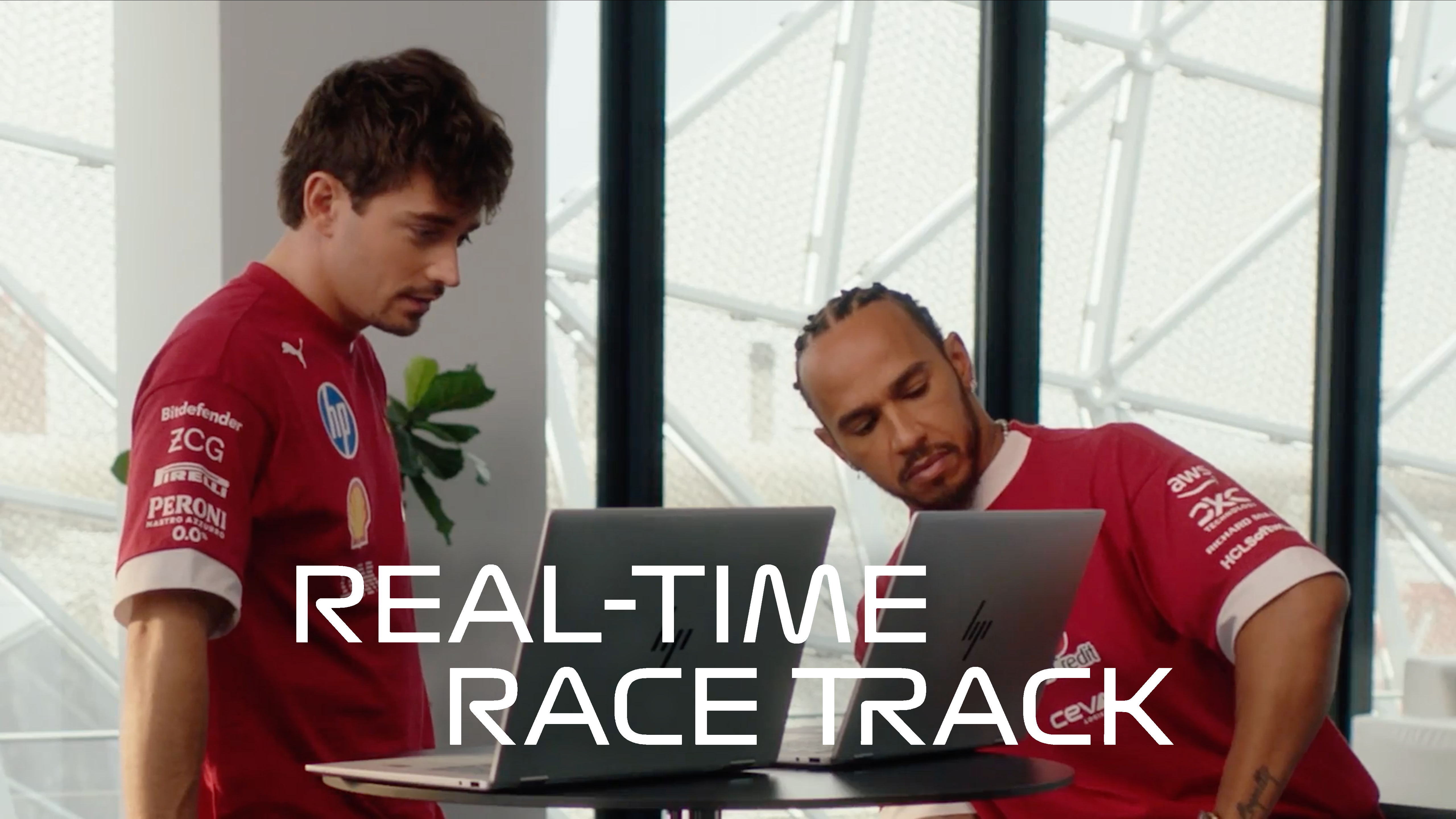- AWS›
- AWS for Sports
AWS for Sports
AWS powers the world's most innovative leagues and teams
AWS X NFL Big Data Bowl
Compete in the NFL Big Data Bowl, powered by AWS, and use real game data to build new AI-powered stats that shape the future of football. Choose between two new competition tracks for 2025.

Fuel generative AI innovation: lessons from sports leaders
Discover how leaders like Formula 1, the NFL & PGA TOUR use gen AI on AWS to enhance customer experiences, workforce productivity and process optimization. Leverage these real-world use cases to advance your gen AI journey.

Explore our sports partners
Benefits of AWS for sports
New and noteworthy sports updates
Big Data Bowl
 Compete in the NFL Big Data Bowl, powered by AWS, and use real game data to build new AI-powered stats that shape the future of football. Choose between two new competition tracks for 2025. Learn more
Compete in the NFL Big Data Bowl, powered by AWS, and use real game data to build new AI-powered stats that shape the future of football. Choose between two new competition tracks for 2025. Learn more
AWS x Formula 1®: Made for This
 Watch as Scuderia Ferrari HP driver Charles Leclerc and seven-time world champion Lewis Hamilton design their own race tracks with AWS generative AI. See these legendary drivers discuss their favorite turns and explore how AI can be applied to motorsport. Learn more
Watch as Scuderia Ferrari HP driver Charles Leclerc and seven-time world champion Lewis Hamilton design their own race tracks with AWS generative AI. See these legendary drivers discuss their favorite turns and explore how AI can be applied to motorsport. Learn more
AWS Live with the PGA TOUR®
 CBS golf broadcaster Amanda Balionis sits down with Rick Anderson, PGA TOUR Chief Commercial Officer, and Kristin Shaff, AWS Director of Strategic Partnerships, to discuss how AI is transforming business and sports. Scott Gutterman, SVP of Digital & Broadcast Media, then shares how the PGA TOUR is using technology to elevate fan experiences and drive its digital evolution. Learn more
CBS golf broadcaster Amanda Balionis sits down with Rick Anderson, PGA TOUR Chief Commercial Officer, and Kristin Shaff, AWS Director of Strategic Partnerships, to discuss how AI is transforming business and sports. Scott Gutterman, SVP of Digital & Broadcast Media, then shares how the PGA TOUR is using technology to elevate fan experiences and drive its digital evolution. Learn more
NBA on AWS
 As the Official Cloud and Cloud AI Partner of the NBA, WNBA, and other NBA affiliate leagues, AWS will provide new advanced analytics, power fan experiences, and enhance broadcasting capabilities. The NBA and AWS share a competitive spirit and a desire to improve how basketball is played, watched, and appreciated worldwide. Learn more
As the Official Cloud and Cloud AI Partner of the NBA, WNBA, and other NBA affiliate leagues, AWS will provide new advanced analytics, power fan experiences, and enhance broadcasting capabilities. The NBA and AWS share a competitive spirit and a desire to improve how basketball is played, watched, and appreciated worldwide. Learn more
How the world's leading sports organizations leverage AWS
How AWS creates a winning schedule
AWS helped the NFL sort through a quadrillion possible options for the 2023-2024 season. Learn about the science—and art—behind finding “the one.”

Formula 1 redesigns car for closer racing and more exciting fan experience
By relying on AWS Graviton2-powered EC2 instances, F1 has seen an 80% reduction in simulation time and lowered the cost of running these workloads by 30%.

AWS and NHL debut new advanced stats
Two new advanced statistics powered by AWS, shot analytics and save analytics, give fans a better understanding and deeper appreciation of how their favorite players and teams perform during crucial moments.

Why Bundesliga, Germany's premier national football league, chooses AWS
Bundesliga is using AWS AI/ML, analytics, compute, database, and storage services to deliver real-time statistics that improve insights into game strategy and outcomes and recommend personalized match footage for fans.

What businesses can learn from sports leagues
How to create emotional connections and build loyalty with your customers




